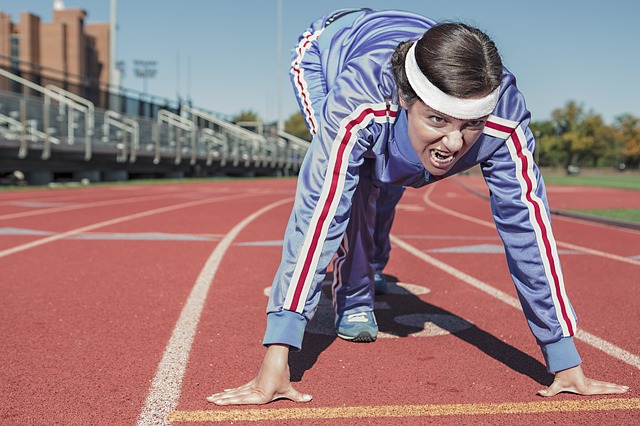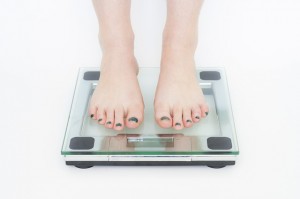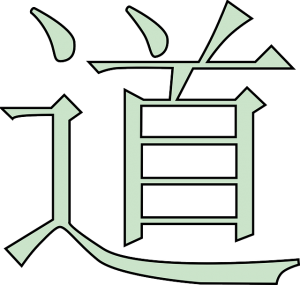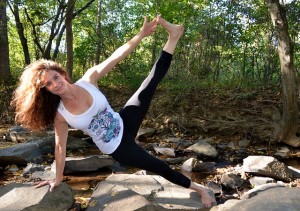If you love biomechanics like I do, then watch this video to see the force diagram explaining why the traditional lunge technique is harmful. You will learn how to correct it and what effects that has on your knees and your client’s knees.
It’s our job to protect our clients from injury, not hurt them!
If you like this information, it means you REALLY care about your clients! That is awesome! We put out a monthly magazine with the latest science about training technique, mindset strategies, and overall tips on how to get your clients better results.
You can subscribe for FREE by clicking below.
With each subscriber, we donate money to a non profit company called saferchemicals.org. They take that money and lobby to get laws changed to reduce our exposure to obesity and cancer causing chemicals.
YES, when you subscribe you are actually helping everyone reduce their chemical exposure. Why is this important? Well, since 1976, 82,000 chemicals have been added to our daily products and LESS THAN 200 have been tested to be safe…
So subscribe and let’s all work together to make the personal training industry the BEST!











